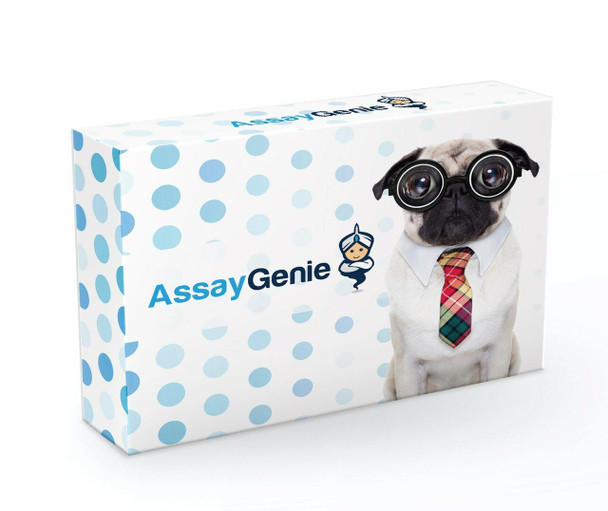| UniProt Protein Function: | Redox sensor protein. Undergoes restructuring and subcellular redistribution in response to changes in intracellular NADPH/NADP+ levels. At low NADPH concentrations the protein is found mainly as a monomer, and binds argininosuccinate synthase (ASS1), the enzyme involved in nitric oxide synthesis. Association with ASS1 impairs its activity and reduces the production of nitric oxide, which subsecuently prevents apoptosis. Under normal NADPH concentrations, the protein is found as a dimer and hides the binding site for ASS1. The homodimer binds one molecule of NADPH. Has higher affinity for NADPH than for NADP+. Binding to NADPH is necessary to form a stable dimer. |
| NCBI Summary: | This gene encodes an NADPH sensor protein that preferentially binds to NADPH. The encoded protein also negatively regulates the activity of NF-kappaB in a ubiquitylation-dependent manner. It plays a key role in cellular antiviral response by negatively regulating the interferon response factor 3-mediated expression of interferon beta. Alternative splicing of this gene results in multiple transcript variants. [provided by RefSeq, Feb 2015] |
| UniProt Code: | Q9HBL8 |
| NCBI GenInfo Identifier: | 762006039 |
| NCBI Gene ID: | 57407 |
| NCBI Accession: | NP_001292070.1 |
| UniProt Related Accession: | Q9HBL8 |
| Molecular Weight: | 33,344 Da |
| NCBI Full Name: | nmrA-like family domain-containing protein 1 isoform 1 |
| NCBI Synonym Full Names: | NmrA like redox sensor 1 |
| NCBI Official Symbol: | NMRAL1 |
| NCBI Official Synonym Symbols: | HSCARG; SDR48A1 |
| NCBI Protein Information: | nmrA-like family domain-containing protein 1 |
| UniProt Protein Name: | NmrA-like family domain-containing protein 1 |
| Protein Family: | NmrA-like family domain-containing protein |
| UniProt Gene Name: | NMRAL1 |

